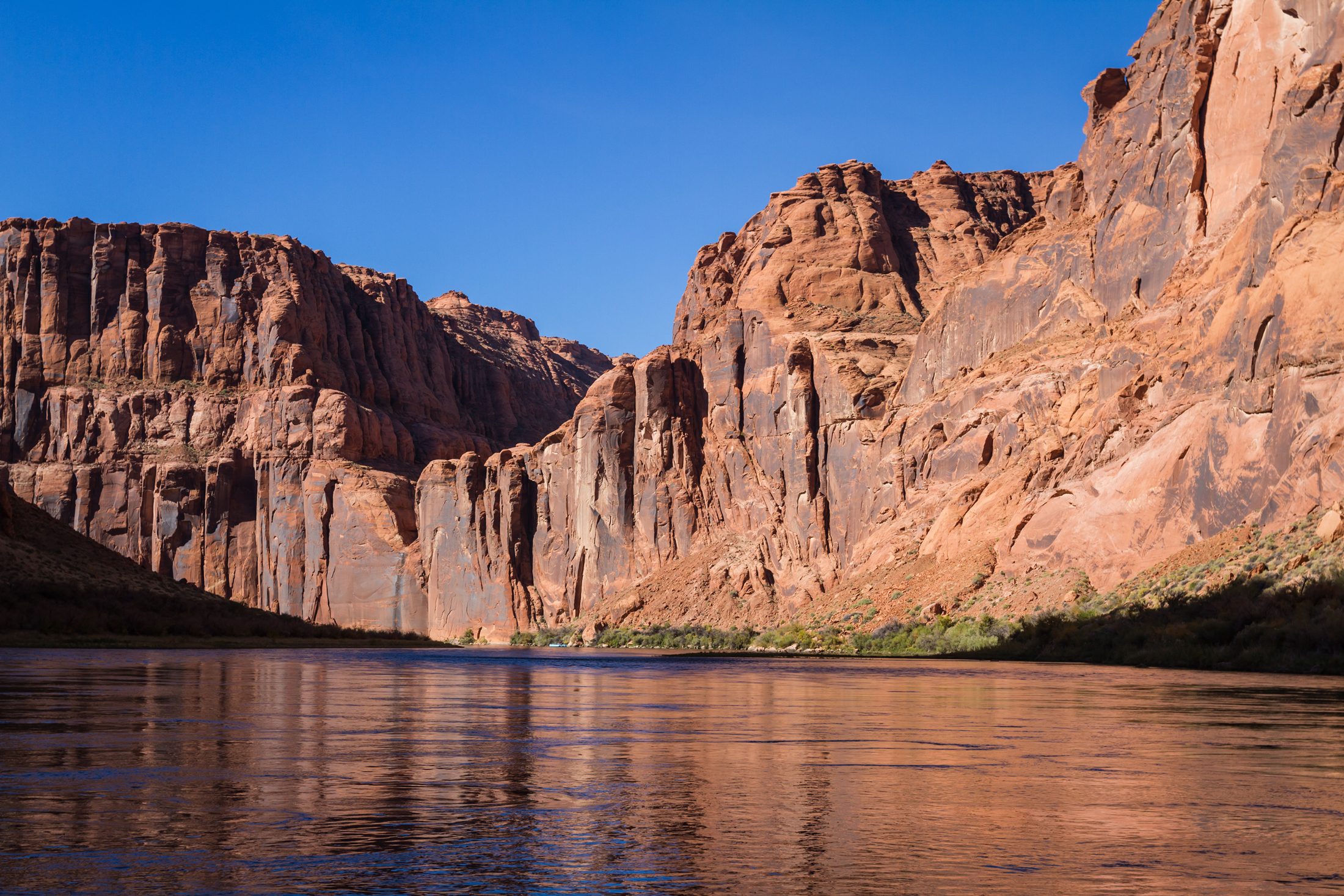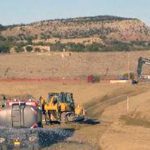- Seven states face a November 11 deadline to reach a framework.
- Key disputes center on Upper Basin cuts and reservoir operations.
- Without a deal, federal control or court battles could follow.
Friday, October 31, 2025 — As reported by The Colorado Sun , negotiators from the seven Colorado River Basin states remain deadlocked just days before a November 11 deadline to outline how the river will be managed when current rules expire at the end of next year. Despite two years of meetings, the same issues continue to stall progress; chief among them, how much water the Upper Basin states of Colorado, Utah, Wyoming, and New Mexico must conserve during dry years, and how the major reservoirs at Lakes Mead and Powell should operate.
, negotiators from the seven Colorado River Basin states remain deadlocked just days before a November 11 deadline to outline how the river will be managed when current rules expire at the end of next year. Despite two years of meetings, the same issues continue to stall progress; chief among them, how much water the Upper Basin states of Colorado, Utah, Wyoming, and New Mexico must conserve during dry years, and how the major reservoirs at Lakes Mead and Powell should operate.
Those two massive storage facilities—Lake Powell on the Utah–Arizona border and Lake Mead on the Nevada–Arizona border—act as the central hubs for the entire basin. Powell regulates flows to Mead, ensuring that the Lower Basin states of Arizona, California, and Nevada receive their share of the river, while also balancing upstream storage in the Upper Basin. According to The Colorado Sun , Lower Basin negotiators want both reservoirs, and possibly others such as Blue Mesa or Flaming Gorge, included in the new rules. Upper Basin states disagree, saying that expanding the plan could limit their flexibility and encourage overuse downstream.
, Lower Basin negotiators want both reservoirs, and possibly others such as Blue Mesa or Flaming Gorge, included in the new rules. Upper Basin states disagree, saying that expanding the plan could limit their flexibility and encourage overuse downstream.
Officials told the Sun that neither side has backed down. The Upper Basin contends it already uses less than its legal allocation and lacks the authority for mandatory cuts, while the Lower Basin argues that additional reductions are necessary to prevent reservoirs from falling to critical lows. The Department of the Interior expects to release its own draft plan in December. If the states cannot agree, the federal government could impose new rules, or the matter could move to the courts, delaying resolution for years.
Meanwhile, FOX 13 News  reported that Utah’s water officials have warned of possible “curtailments” if no deal is reached, forcing some users to forfeit their water shares under the state’s “first in time, first in right” system. Agriculture and even drinking water supplies along Utah’s Wasatch Front could be affected, since portions of that system rely on Colorado River imports through the Central Utah Project. Negotiators, however, remain publicly optimistic that a basic framework can be reached before the deadline to avoid federal intervention or litigation.
reported that Utah’s water officials have warned of possible “curtailments” if no deal is reached, forcing some users to forfeit their water shares under the state’s “first in time, first in right” system. Agriculture and even drinking water supplies along Utah’s Wasatch Front could be affected, since portions of that system rely on Colorado River imports through the Central Utah Project. Negotiators, however, remain publicly optimistic that a basic framework can be reached before the deadline to avoid federal intervention or litigation.
FAQ
When do the current Colorado River rules expire?
The existing management rules end in 2026, but federal and state officials want an agreement in place by this winter to guide future reservoir operations.
What happens if the seven states miss the November 11 deadline?
If the states fail to agree, the Department of the Interior may implement its own plan for managing the river. Court challenges could also follow, prolonging uncertainty for years.
Which reservoirs are central to the negotiations?
Lakes Mead and Powell are the two key reservoirs. Mead stores water for the Lower Basin, while Powell regulates flows from the Upper Basin. They are the heart of the river’s management system.
Why are Upper Basin cuts controversial?
Upper Basin states say they already use less than their allocation and that further reductions would unfairly penalize them for natural shortages caused by drought and climate change.
Could cities lose drinking water?
Yes. Utah officials noted that water pumped through the Central Utah Project could face restrictions since many of its water rights are considered junior and would be cut first.




